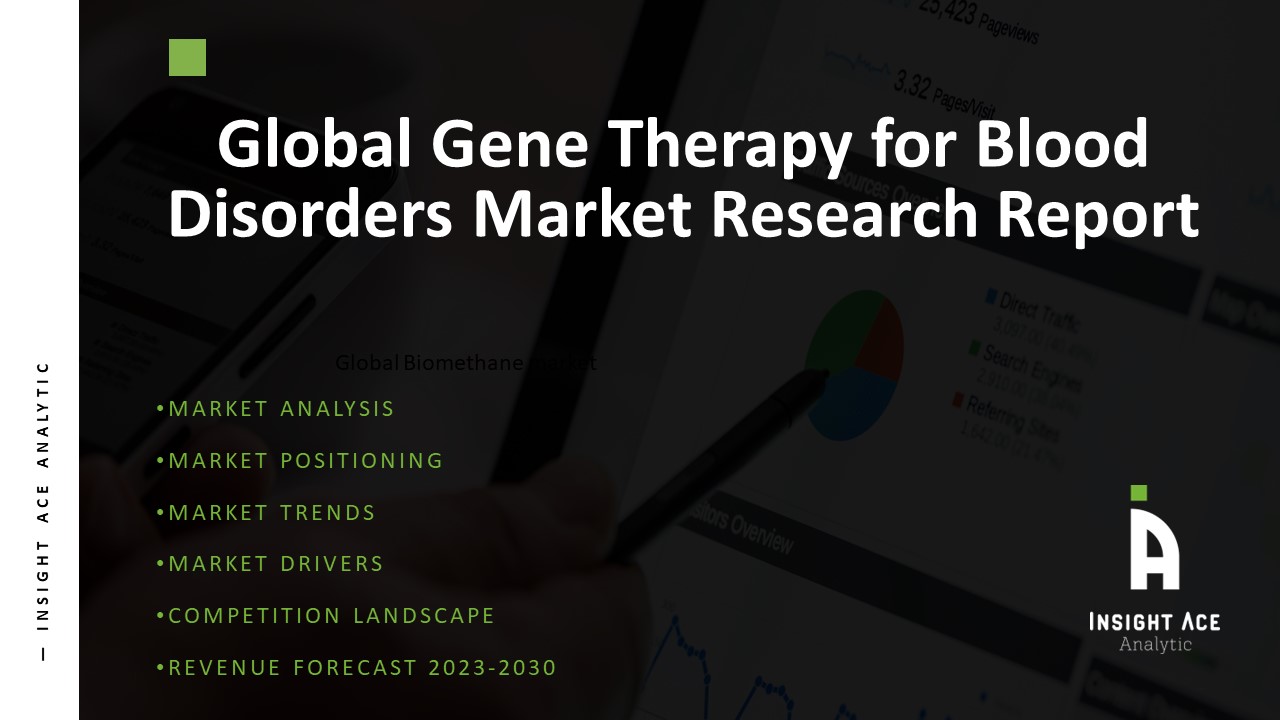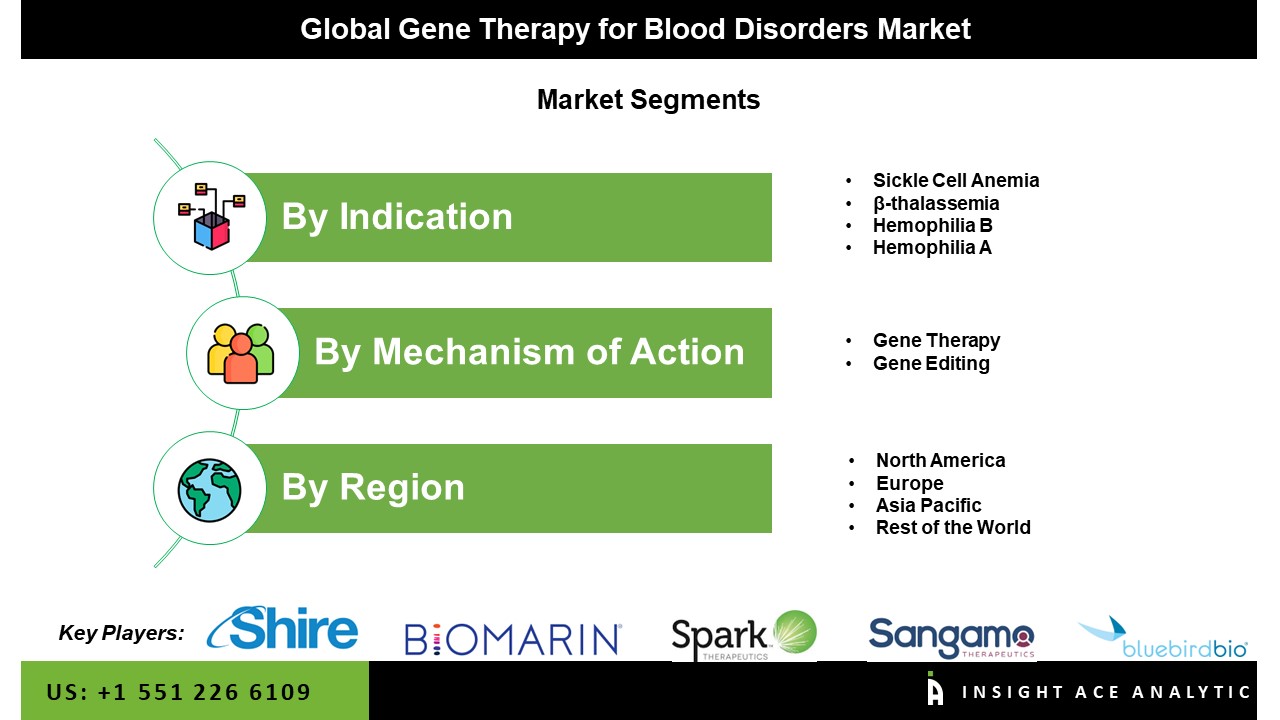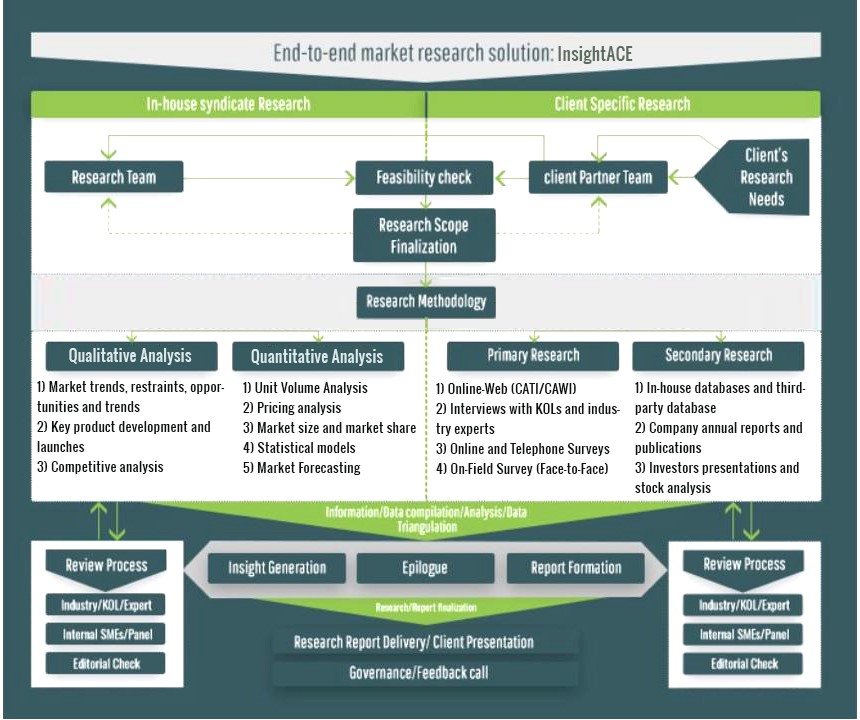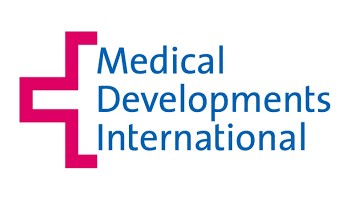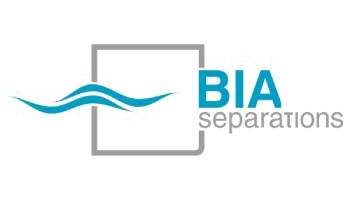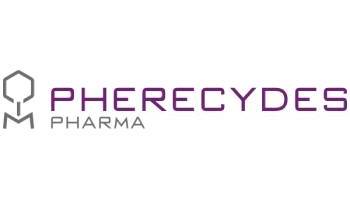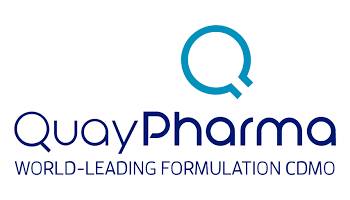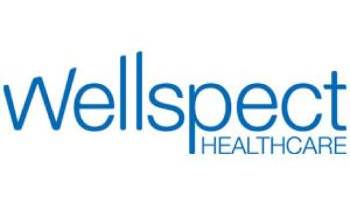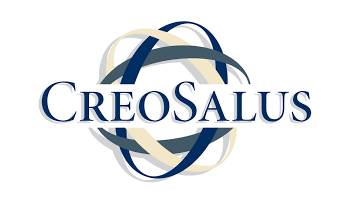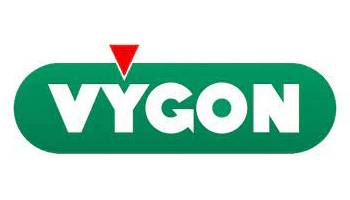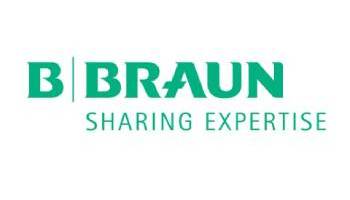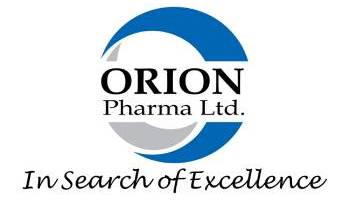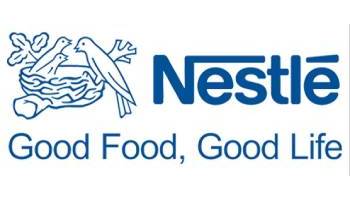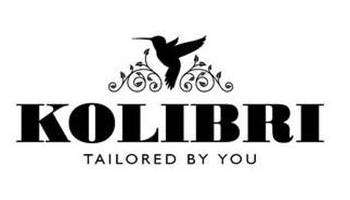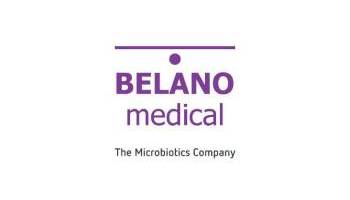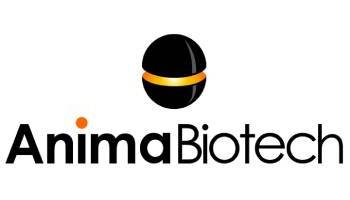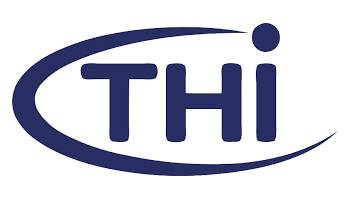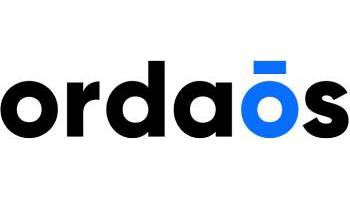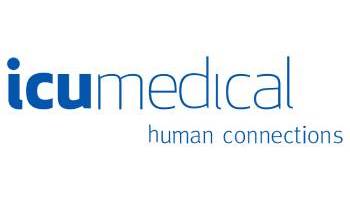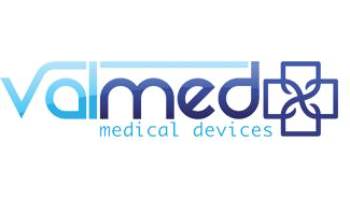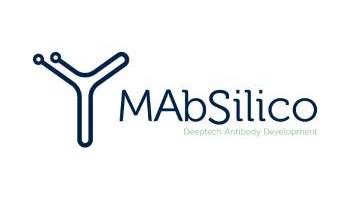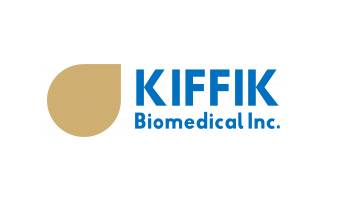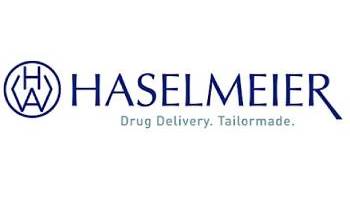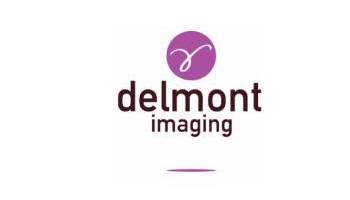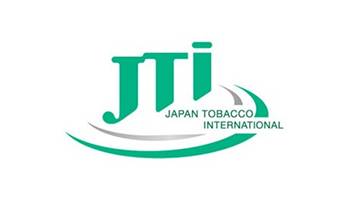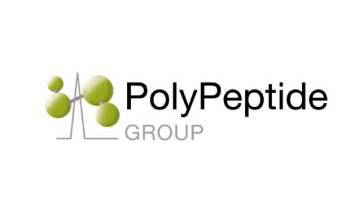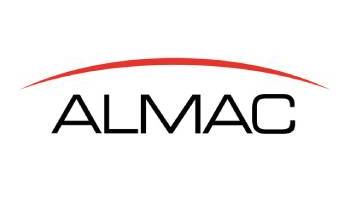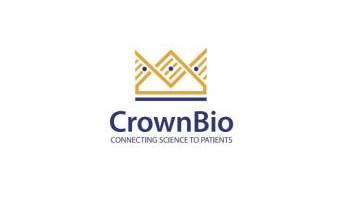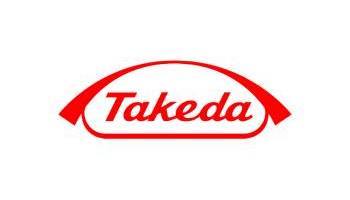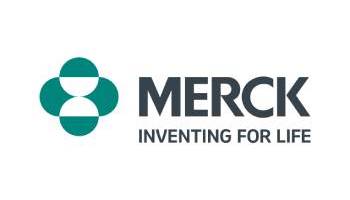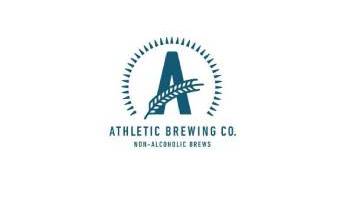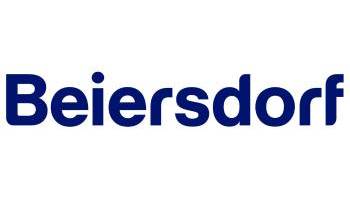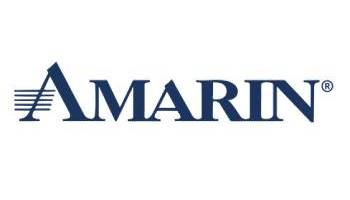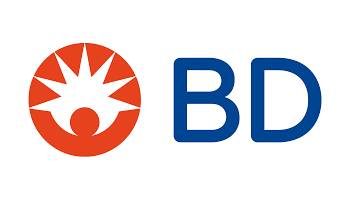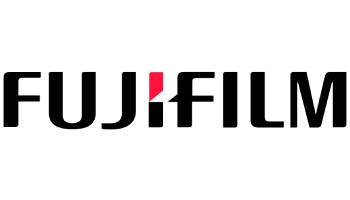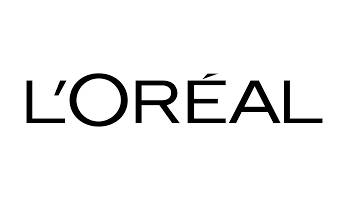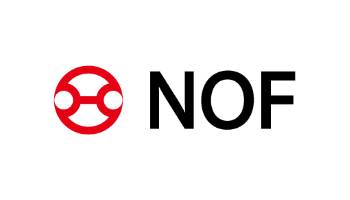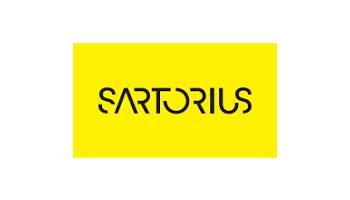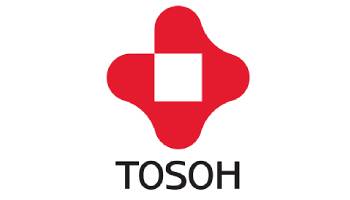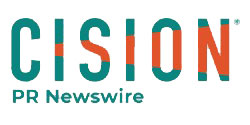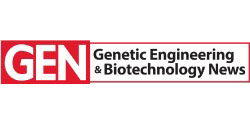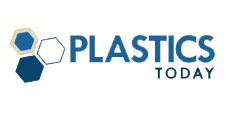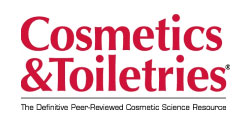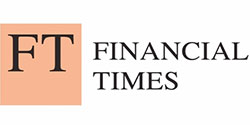The Gene Therapy for Blood Disorders Market Size is valued at 1.21 Billion in 2022 and is predicted to reach 5.79 Billion by the year 2030 at a 23.0 % CAGR during the forecast period for 2023-2030.
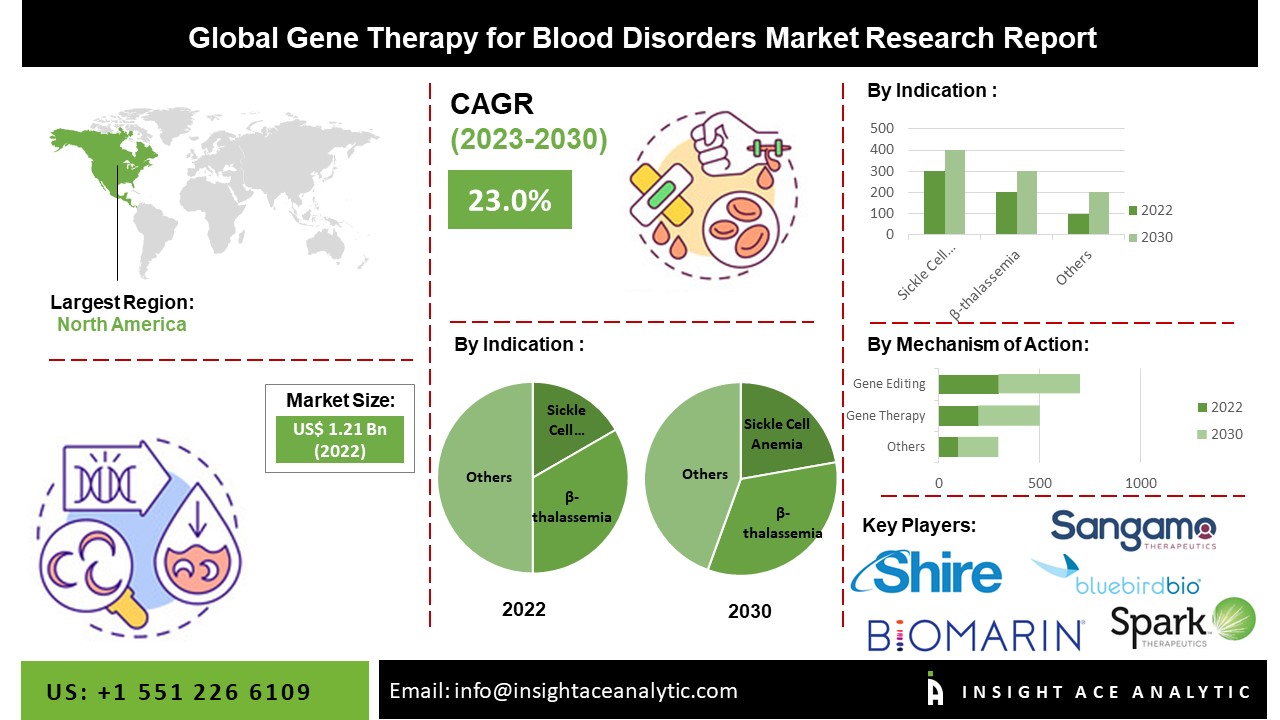
The Arena of Gene Therapy is determined to outline a path to the clinic and the market. In the gene therapy market, over 2000 human gene therapy clinical trials have been reported globally, and about 20 gene therapy products are approved to treat various disorders. Hence, the demand for gene therapy to treat blood disorders is increasing. Gene therapy accounts great to cure blood disorders such as sickle cell disease and hemophilia, which have inadequate treatment choices. The gene therapy helps to understand the detailed pathomechanisms of conditions as well as the advancement of specific and efficient gene targeting and delivery tools that are transforming the global market. The approval of gene therapy for the treatment of β-thalassemia in Europe is propelling the research activities for the approval of the drug in different regions and new drug development. The various global biopharmaceutical companies are strategically taking initiatives to develop advanced therapy such as gene therapy for severe blood disorders. This is expected to boost market growth significantly in the coming years.
Globally around 35 companies are working on regenerative medicine therapies for hereditary blood disorders, counting 18 clinical-stage companies. Additionally, the presence of strong pipeline drugs for the treatment of blood disorders with gene therapy is estimated to drive the growth of the market in the coming years. The global Gene Therapy for Blood Disorders market size is expected to reach US$ 5.79 Billion by 2028, growing at a CAGR of 21.6% over the forecast period of 2022-2030. Additionally, growing strategic partnership, acquisitions among the key players operating in the market is expected to propel the market growth significantly. However, the high cost of treatment is the major factor expected to restrain the growth of gene therapy in the blood disorders market.
However, increasing demand for personalized medicine and growing healthcare expenditure globally is estimated to drive the market growth substantially during the estimated time frame. Gene therapy has enormous potential for blood disorders such as hemophilia and is becoming a large market. Some corporations, such as CRISPR Therapeutics, are revolving to the gene-editing technique CRISPR-Cas9 as a tool for fighting blood disorders. The company is conducting a phase I/II trial for its CRISPR tool to cure sickle cell disease in partnership with the German company Vertex Pharmaceuticals.
Market Segmentation
The Global Gene Therapy for Blood Disorders market is segmented on the basis of indication, mechanism of action, and region. Based on the indication, the market is divided into Sickle Cell Anemia, β-thalassemia, Hemophilia B, and Hemophilia A. Based on the mechanism of action, the market is segmented into gene therapy and gene editing. Based on the region, the market is studied across North America, Asia-Pacific, Europe, and LAMEA. Among them, North America accounted for the largest share of the market, followed by Europe. The well-established healthcare system in the U.S. and the presence of a large number of companies operating in the market are propelling the growth of the U.S. gene therapy for blood disorders market.
Competitive Landscape
Some Of The Key Players In The Gene Therapy for Blood Disorders Market:
- Biomarin Therapeutics,
- Spark Therapeutics,
- Shire,
- bluebird bio, Inc.,
- CRISPR Therapeutics,
- Medgenics,
- OrphageniX,
- Freeline Therapeutics,
- Errant Gene Therapeutics,
- Sangamo Therapeutics,
- Sigilon Therapeutics, Inc.,
- uniQure,
- Angiocrine Bioscience,
- Sanofi Genzyme
- others
The Gene Therapy for Blood Disorders Market Report Scope
|
Report Attribute |
Specifications |
|
Market Size Value In 2022 |
USD 1.21 Billion |
|
Revenue Forecast In 2030 |
USD 5.79 Billion |
|
Growth Rate CAGR |
CAGR of 23.0 % from 2023 to 2030 |
|
Quantitative Units |
Representation of revenue in US$ Billion and CAGR from 2023 to 2030 |
|
Historic Year |
2019 to 2022 |
|
Forecast Year |
2023-2030 |
|
Report Coverage |
The forecast of revenue, the position of the company, the competitive market structure, growth prospects, and trends |
|
Segments Covered |
By Indication, By Mechanism of Action |
|
Regional Scope |
North America; Europe; Asia Pacific; Latin America; Middle East & Africa |
|
Country Scope |
U.S.; Canada; U.K.; Germany; China; India; Japan; Brazil; Mexico ;The UK; France; Italy; Spain; China; Japan; India; South Korea; South East Asia; South Korea; South East Asia |
|
Competitive Landscape |
Biomarin Therapeutics, Spark Therapeutics, Shire, bluebird bio, Inc., CRISPR Therapeutics, Medgenics, OrphageniX, Freeline Therapeutics, Errant Gene Therapeutics, Sangamo Therapeutics, Sigilon Therapeutics, Inc., uniQure, Angiocrine Bioscience, and Sanofi Genzyme among others |
|
Customization Scope |
Free customization report with the procurement of the report, Modifications to the regional and segment scope. Particular Geographic competitive landscape. |
|
Pricing And Available Payment Methods |
Explore pricing alternatives that are customized to your particular study requirements. |




